fragrance guide
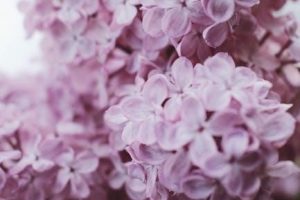
Fragrance is an art form that evokes emotions, sparks memories, and enhances personal style. It is a universal language, connecting cultures and generations through scent.
Why Fragrance Matters
Fragrance is more than scent; it’s a powerful tool for self-expression and emotional connection. A well-chosen perfume can elevate confidence, evoke memories, and create lasting impressions. It reflects personality, complements moods, and fosters a sense of identity. Fragrance also plays a role in cultural and social interactions, transcending language barriers to connect people universally. Its impact on well-being and attractiveness makes it a timeless and essential part of human experience.
A Brief History of Perfumery
Perfumery traces its roots to ancient civilizations, where Egyptians, Greeks, and Romans used aromatic substances for rituals and personal adornment. The art evolved in the Middle Ages, with Arab perfumers refining distillation techniques. By the Renaissance, France became a perfume hub, blending natural ingredients into sophisticated scents. Today, perfumery combines tradition and innovation, with synthetic ingredients expanding creative possibilities while honoring its rich, centuries-old heritage.

Understanding Fragrance Types
Fragrances come in various forms, each designed to suit different preferences and occasions. From delicate to intense, they offer a sensory experience, enhancing personal style and mood.
Key Differences: Eau de Parfum, Eau de Toilette, and Cologne
Eau de Parfum, Eau de Toilette, and Cologne differ in fragrance oil concentration and longevity. Eau de Parfum (15-20% essential oils) lasts longest, ideal for evening wear. Eau de Toilette (5-15%) is lighter, suitable for daily use. Cologne (3-5%) is freshest but fades quickly, perfect for casual settings. Choosing the right one depends on personal preference, occasion, and how long you want the scent to linger.
Niche vs. Designer Fragrances
Niche fragrances are crafted in small batches, often featuring unique, complex blends that cater to specific tastes. They emphasize exclusivity and high-quality ingredients. Designer fragrances, by contrast, are mass-produced and widely available, typically aligned with fashion brands. While niche scents appeal to connoisseurs seeking rarity, designer fragrances focus on broad appeal and brand identity, offering a balance of quality and accessibility for everyday wear.

The Fragrance Creation Process
Fragrance creation combines artistry and science, starting with inspiration and ending with precise blending. Perfumers craft scents using natural and synthetic ingredients, balancing notes to evoke emotions and tell stories.
The Basics of Fragrance Notes
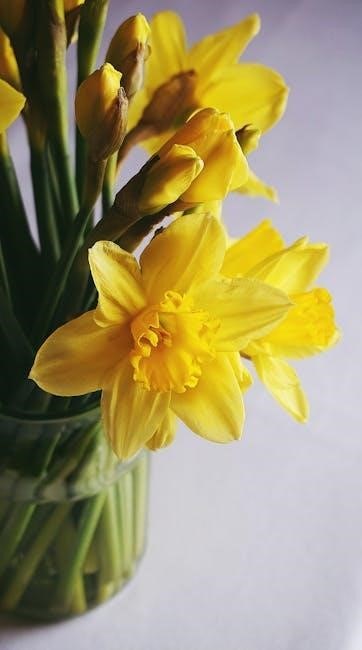
Fragrance notes are the layers of scents in a perfume, divided into top, middle, and base notes. Top notes are the initial fresh aroma, while middle notes add depth and complexity. Base notes linger longest, providing warmth and richness. These layers blend to create a harmonious fragrance experience, revealing the perfume’s character over time.
Blending Ingredients: Natural vs; Synthetic
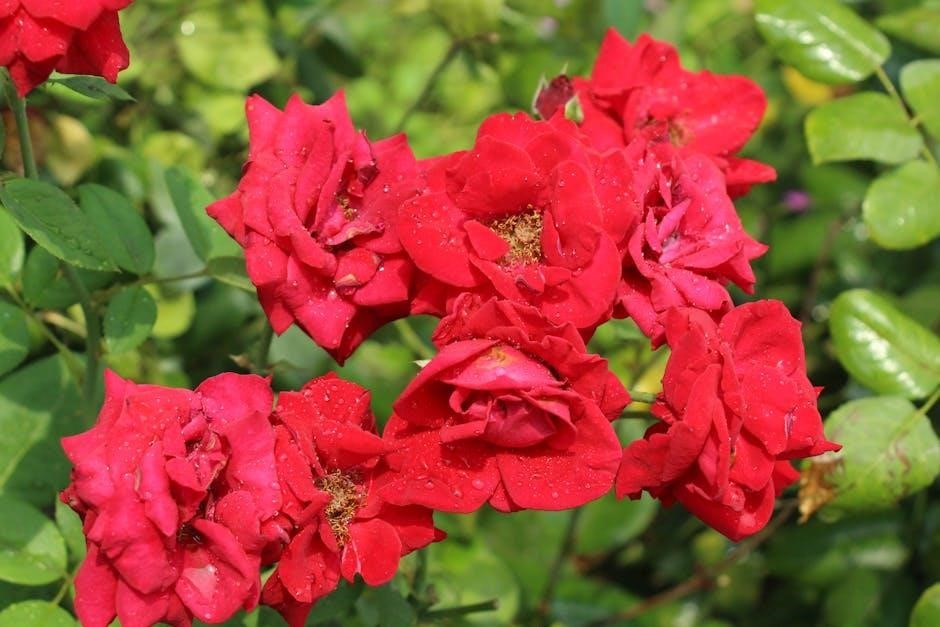
Natural ingredients, derived from plants, flowers, and essential oils, offer unique, complex scents. Synthetic ingredients, created in labs, provide consistency and versatility. Perfumers blend these to enhance longevity and diffusion. Natural elements add depth, while synthetics ensure stability. The art lies in balancing both, creating harmonious fragrances that linger gracefully on the skin, tailored to individual preferences and skin types.
Choosing the Right Fragrance
Choosing the right fragrance involves considering skin type, body chemistry, and occasion. Test scents on your skin to ensure compatibility and longevity. Opt for lighter notes during the day and richer ones for evening wear.
How to Select a Scent Based on Skin Type and Body Chemistry
Choosing a scent based on skin type and body chemistry ensures a harmonious match. Oily skin benefits from fresh, citrus-based fragrances, while dry skin prefers rich, woody notes. Normal skin suits floral scents, and combination skin works well with light, aquatic fragrances. Test perfumes on your pulse points, allowing the scent to unfold naturally. Consider your body’s pH level, as it influences how fragrance notes evolve throughout the day.
Fragrances for Different Occasions
Fragrances can elevate any occasion when chosen thoughtfully. For daytime events, opt for light, fresh scents like citrus or floral notes. Evening gatherings call for richer, deeper fragrances such as woody or oriental blends. Formal events warrant sophisticated, elegant perfumes, while casual outings suit laid-back, airy scents. Seasonal preferences also play a role: crisp fragrances for spring, warm spices for winter, and bright florals for summer. Match your scent to the vibe and setting for a lasting impression.
The Art of Applying Fragrance
Mastering fragrance application enhances its longevity and impact. Apply to pulsation points like wrists, neck, and behind ears. Use sparingly to avoid overwhelming others, ensuring a subtle yet inviting aura.
Proper Application Techniques
Applying fragrance correctly ensures longevity and subtlety. Spritz 2-3 times on pulsation points like wrists, neck, and behind ears. Avoid rubbing skin, as it breaks down molecules. Use light, even strokes for balanced diffusion. Layering with matching body products enhances scent longevity. Apply after showering for better absorption. Opt for 1-2 spritzes to avoid overwhelming others, creating a refined and inviting presence.
Where to Apply Fragrance for Maximum Impact
Target pulse points like wrists, neck, and behind the ears for optimal diffusion. Lightly dab fragrance on the chest or inner elbows to release scent gradually. Avoid over-application; 2-3 spritzes suffice. Apply to warm skin post-shower for better absorption. Gently press wrists together—don’t rub—to preserve fragrance integrity. This technique ensures a subtle, long-lasting impression, enhancing the scent’s natural progression throughout the day.
Exploring Fragrance Families
Fragrance families like Floral, Woody, Oriental, and Fresh categorize scents, helping identify preferences. Each family offers unique characteristics, guiding enthusiasts to explore and discover their ideal fragrances effortlessly;
Floral, Woody, Oriental, and Fresh Fragrance Families
Floral fragrances captivate with blooms like roses and lavender, evoking elegance. Woody scents, featuring cedar and sandalwood, offer earthy depth. Oriental fragrances blend spices and vanilla for warmth, while Fresh scents, like citrus and bergamot, provide vibrant energy. Understanding these families helps navigate preferences and discover fragrances that resonate personally, making the selection process intuitive and enjoyable for perfume enthusiasts.
Seasonal Fragrance Selection
Seasonal fragrance selection enhances emotional connection by aligning scents with the mood of the time of year. Spring and summer call for light, fresh, and floral notes, while autumn and winter favor warm, spicy, and woody fragrances. Layering options like colognes and eaux fraîches are ideal for warmer months, while richer eaux de parfum and oriental scents shine in cooler seasons. This approach ensures your fragrance complements the atmosphere and your lifestyle seamlessly.
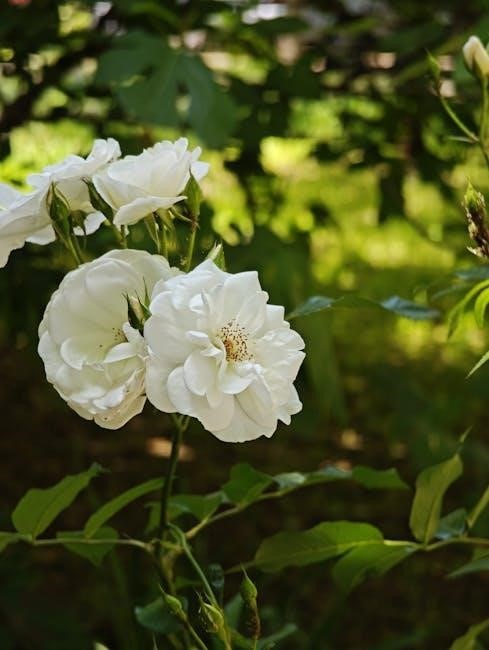
Sustainability in Fragrance
Fragrance sustainability focuses on eco-friendly practices, ethical sourcing, and reducing environmental impact. Many brands now prioritize vegan and cruelty-free formulas, aligning with modern consumer values and responsibilities.
Eco-Friendly and Ethical Practices in Perfumery
Perfumeries are adopting sustainable methods to minimize environmental impact, such as using organic ingredients and biodegradable packaging. Ethical practices include cruelty-free testing and Fair Trade certifications, ensuring transparency and responsible sourcing. Brands prioritize renewable resources and eco-conscious production processes, aligning with global sustainability standards and consumer demand for environmentally friendly products.
Vegan and Cruelty-Free Fragrances
Vegan and cruelty-free fragrances are gaining popularity as consumers prioritize ethical practices. These products avoid animal-derived ingredients and testing, ensuring alignment with compassionate values. Certifications like Leaping Bunny or PETA’s cruelty-free logo guarantee adherence to these standards. Plant-based ingredients and synthetic alternatives are commonly used, offering appealing options for eco-conscious consumers seeking ethical beauty solutions.
Fragrance Trends
Fragrance trends evolve with changing lifestyles and preferences. Clean, fresh scents and gender-neutral options are rising in popularity. Sustainability and eco-friendly practices are also shaping the industry.
Current and Emerging Trends in the Fragrance Industry
The fragrance industry is experiencing a shift toward clean, fresh, and gender-neutral scents. Sustainability and eco-friendly practices are gaining momentum, with brands prioritizing natural ingredients. Custom and niche fragrances are also rising in popularity, offering unique, personalized options. Additionally, advancements in fragrance technology are enabling the creation of complex, long-lasting scents. These trends reflect evolving consumer preferences for simplicity, ethical practices, and individuality in perfumery.
How to Stay Updated on Fragrance Fashion
Stay informed about fragrance trends by following perfume blogs, social media, and expert reviews. Explore niche and designer brands, and attend fragrance events. Subscribe to industry newsletters and watch tutorials for insights. Engage with fragrance communities to discover emerging scents and learn about sustainable practices. Experiment with samples and explore new fragrance families to stay ahead of the curve in perfumery fashion.
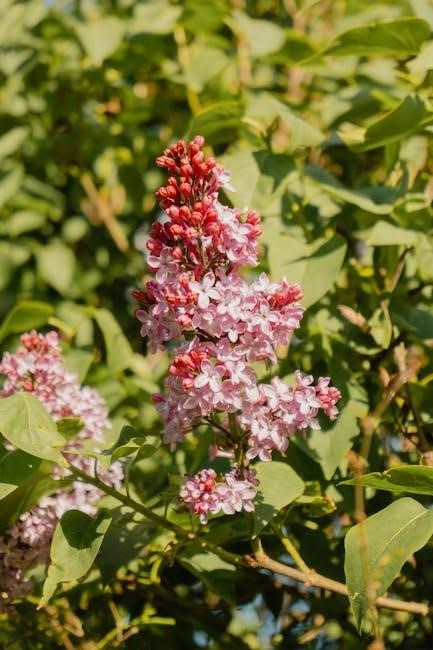
Custom and DIY Fragrances
Custom and DIY fragrances allow you to create personalized scents tailored to your preferences. Explore blending natural and synthetic ingredients to craft unique perfumes that reflect your identity.
Creating Your Own Signature Scent
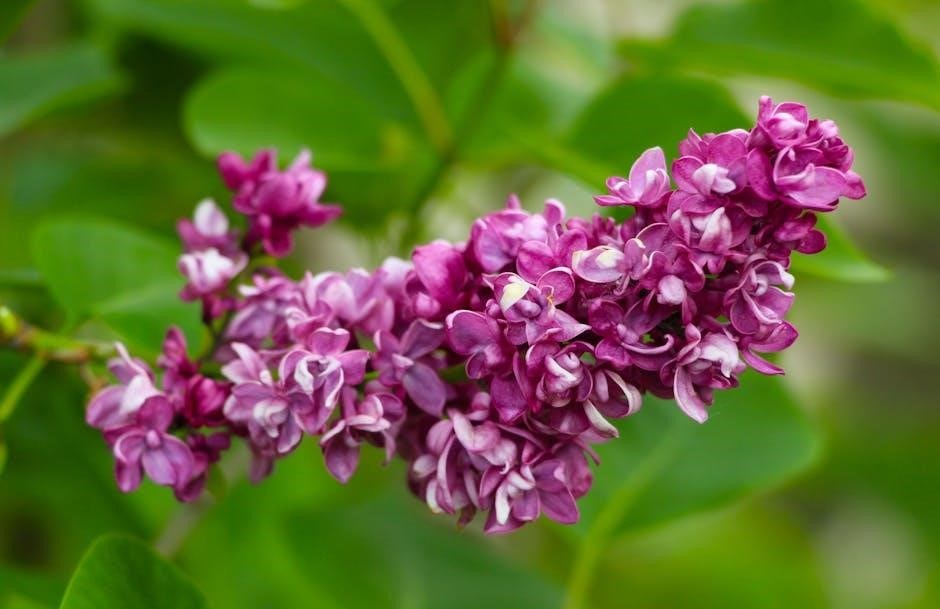
Creating your own signature scent is a blend of art and science. Start by selecting ingredients that resonate with your preferences, such as essential oils or aroma compounds. Understand top, middle, and base notes to craft a balanced fragrance. Experiment with small batches, allowing each blend to mature before testing. Consider using 200-proof alcohol for stability. Patience is key, as refining your scent may require multiple iterations. The result is a unique, personalized fragrance that reflects your identity.
A Beginner’s Guide to Blending Fragrances at Home
Blending fragrances at home is an exciting creative process. Start by gathering essential oils, aroma compounds, and a neutral base like 200-proof alcohol. Begin with small batches to experiment safely. Mix drops of fragrance oils, allowing the blend to mature for a few hours. Test the scent on your skin to observe how it evolves. Adjust the formula based on your preferences, ensuring balance between top, middle, and base notes. Patience and practice are key to mastering the art of fragrance blending.
Fragrance is a personal journey, blending art, emotion, and self-expression. Explore, experiment, and embrace the scents that tell your unique story, fostering confidence and joy in every spritz.
Final Tips for Fragrance Enthusiasts
Experiment with scents to find what resonates with your personality and lifestyle. Consider skin type and body chemistry for longevity; Apply fragrances to pulse points and avoid over-spritzing. Explore seasonal preferences, starting with lighter notes for summer and richer ones for winter. Sample before committing to a purchase. Discover new families like floral or woody to broaden your palette. Store fragrances in a cool, dark place to preserve quality. Layer with complementary body products for enhanced longevity.
Encouraging Exploration and Experimentation
Embrace the journey of fragrance discovery by experimenting with diverse scents and families. Start with small samples to understand what resonates with your taste and lifestyle. Layer fragrances to create unique combinations and explore how scents evolve on your skin. Keep an open mind to new notes and accords, and don’t hesitate to seek recommendations from experts or online communities. Exploration is key to finding your signature scent and enjoying the world of perfumery.